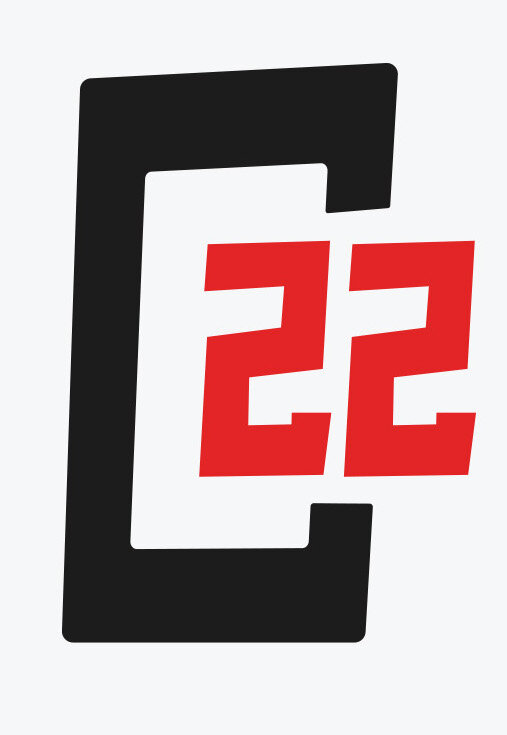The Deck
In C22 systems, every character has their own deck of 22 cards which they will use to make all checks while playing the game. The cards in the deck will change and improve as the character grows throughout his or her story. Additionally, cards will be added and removed throughout encounters to represent the unique toll each encounter will inflict upon a character.
Throughout this SRD, there are various terms used to refer to different groups of cards in this deck. Below is a list of terms to help give a better understanding of the system:
Deck - this is a character’s complete collection of cards in play. Includes both the Draw Pile and the Discard Pile
Draw Pile - cards that have not yet been used for any check. These cards are hidden from all Players.
Discard Pile - cards that have been recently used to resolve a check. These cards are visible to all Players.
Removed - cards that belong to a specific character but are currently not in the deck. These cards are visible to all Players.
Number Cards - cards that have a number and a suit printed on the card.
Red Joker - one Joker must be clearly indicated as the “Red Joker.”
Black Joker - one Joker must be clearly indicated as the “Black Joker.”
Face Cards - Jacks, Queens, and Kings. (Does not include Aces)
Aces - These cards are separate from face cards as they interact differently.
Black Joker
This card represents a critical failure. It has no suit and its number is a 0 unless otherwise stated. When this card is drawn, and the check is resolved, you may perform a Card Upgrade. Then place the Black Joker at the bottom of your deck and shuffles your discard pile into your draw pile.
The Black Joker card cannot be removed from the deck for any reason.
Red Joker
This card represents a critical success. Its suit is whatever suit you want it to be, and its number is a 14. When this card is drawn, and the check is resolved, place this Joker at the bottom of your deck and then shuffle your discard pile into your draw pile.
The Red Joker card cannot be removed from the deck for any reason.
Face Cards
Face cards act differently than number cards. When drawn, you continue drawing until the next number card, Ace, or Joker is reached. The face card changes the suit of the next number card to the suit of the face card. In case you do not wish to use the face card’s benefit for the current check, you may discard the card or store the face card in one of the three slots on your character sheet to be used later.
As you increase your characters Skill levels, you become able to use the face cards to greater benefits. These benefits are represented on the Skill Tree and explained in detail in the Skills section.
The f symbol grants you the ability to recall Face Cards from your stored Face Cards to the current Skill Check to change the suit of the card to that of the Face Card.
The J symbol grants you a +1 to the Skill Check when you use a Jack with this Skill. This can stack. Queens and Kings can also be used as Jacks instead of their abilities.
The Q symbol grants you the ability to look at the top three cards of your deck and put them back in any order when you use a Queen with this Skill. This is performed after the Skill Check is resolved.
The K symbol grants you the ability to look at the top two cards of your deck and put any number of them on the bottom of the deck when you use a King with this Skill. This is performed after the Skill Check is resolved.
Number Cards
A number card is a card with a number on it. These are the main cards used to resolve checks. Jokers are considered number cards, but they follow additional special rules. The Jacks, Queens, Kings, and Aces are not number cards. Whenever a check is needed, you will be required to draw either one or two number cards.
Aces
Aces have the same value as a Black Joker when drawn. Aces have no suit, and their number value is 0. Some specific settings may change this rule. When an Ace is drawn and after the Skill Check is resolved, the card is then removed from the deck. The deck is not shuffled.
The Dealer’s Decks
The Dealer would ideally have two decks of playing cards. The first deck would be the Adventure Deck and would be similar to a character deck except it contains the 3s, 5s, 6s, 7s, 9s and both Jokers by default. The number cards should be tailored to fit the difficulty of the adventure between each session. Further details are out of the scope of this SRD.
The second deck is the Event Deck and contains all 54 Playing cards. It is used for randomization and is shuffled periodically.
